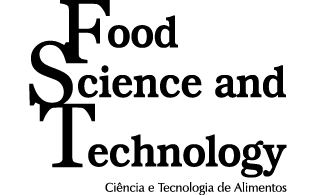Abstract
The interest in microalga as a food supplement has grown due their high contents of carotenoids, polyunsaturated fatty acids and proteins. This study evaluated the effect of different temperatures (22, 27 or 32 °C) and sodium nitrate concentrations (12, 24, 36, 48 or 60 mg L-1 of N-NO3) in culture medium on Heterochlorella luteoviridis biomass production and composition. The highest biomass concentration (3.35 g L-1) was observed at the highest N-NO3 concentration. The N-NO3 concentration positively affected protein, carbohydrate and carotenoids contents of biomass. On the other hand, cells cultured at the lowest N-NO3 concentration showed a slight increment in lipid content. The major carotenoid was lutein (30.7 ± 1.4% of total carotenoids), and the polyunsaturated fatty acids were 37 ± 2% of total fatty acids. Low temperature improved the biosynthesis of ω3 type fatty acids by lowering the ω6:ω3 ratio. Overall, our results indicate H. luteoviridis can yield high biomass concentration under autotrophic growth, resulting in a biomass rich in carotenoids, mainly lutein, and ω3 polyunsaturated fatty acids.
Keywords:
nitrogen; temperature; lipids; omega-3; carotenoids; microalga

 Thumbnail
Thumbnail
 Thumbnail
Thumbnail
 Thumbnail
Thumbnail
 Thumbnail
Thumbnail
 Thumbnail
Thumbnail




